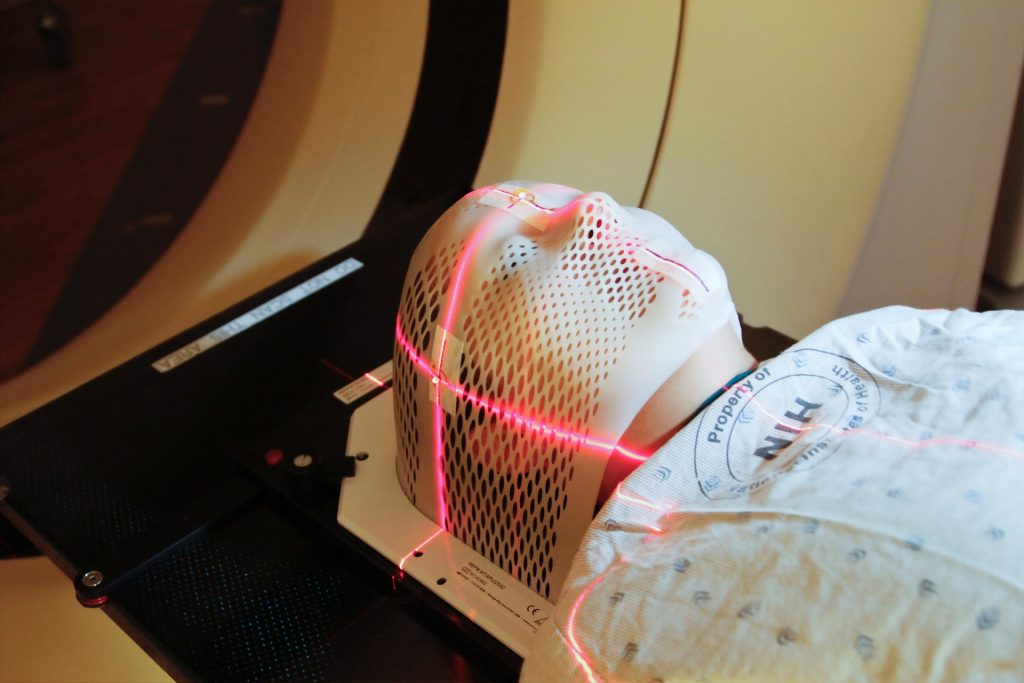Research Finds New Explanation for Muscle Memory in Muscle Proteins
Memory traces from resistance training persist for over two months

Researchers have found a possible new explanation for muscle memory by investigating thousands of muscle proteins. This study by the Faculty of Sport and Health Sciences at the University of Jyväskylä showed for the first time that muscles “remember” training at the protein level. The memory trace of previous resistance training persists in muscle proteins for over two months.
It is often thought that the effects of exercise are short-lived, and a break from the gym for just a few weeks can cause stress over muscle loss for some people. However, the research from the University of Jyväskylä has shown that this stress is partly unnecessary, as the effects of resistance training persist in muscles for up to two months and the gains are fast when training is started again after the break. But what mechanisms and changes at the cellular and molecular levels explain muscle memory? This is what the researchers investigated by studying the quantities of thousands of muscle proteins from muscle.
In the study, ten weeks of resistance training was followed by a break of the same length and then followed by another ten weeks of resistance training. Using the proteomics method, it was possible to simultaneously study the quantities of over 3,000 muscle proteins using advanced mass spectrometry equipment.
Training gets encoded into muscle proteins
The study found two types of change profiles in muscle proteins.
Some proteins changed as a result of training, returned to their pre-training state during the break, and changed again during the new training period similarly to the first training period. These included proteins related to aerobic metabolism.
Another group of proteins changed as a result of training and remained changed during the break and after the new training period. Among these proteins were several calcium-binding proteins, such as calpain-2, whose gene has recently been identified to retain a memory trace even after a training break.
“At the level of the number of muscle nuclei and the memory traces of genes, that is, epigenetics, long-term responses that persist even after a break and possibly explain ‘muscle memory’ have previously been observed,” says the lead researcher, Professor Juha Hulmi from the Faculty of Sport and Health Sciences.
“Now, for the first time, we have shown that muscles ‘remember’ previous resistance training at the protein level for at least two and a half months.”
“So, even though muscles eventually shrink back to their original size during a long training break, a memory trace of previous training remains in the muscles. This can make it easier to start training again”, explains Hulmi.
The data collection was carried out at the Faculty of Sport and Health Sciences, University of Jyväskylä. The participants were young adult and middle-aged Finnish men and women who were physically quite active but had no previous experience of systematic resistance training. Proteomic analyses were conducted on 116 muscle samples at the University of Helsinki in the laboratory of research director Markku Varjosalo.
Source: University of Jyväskylä




